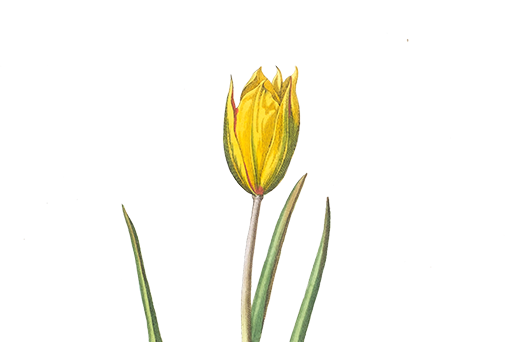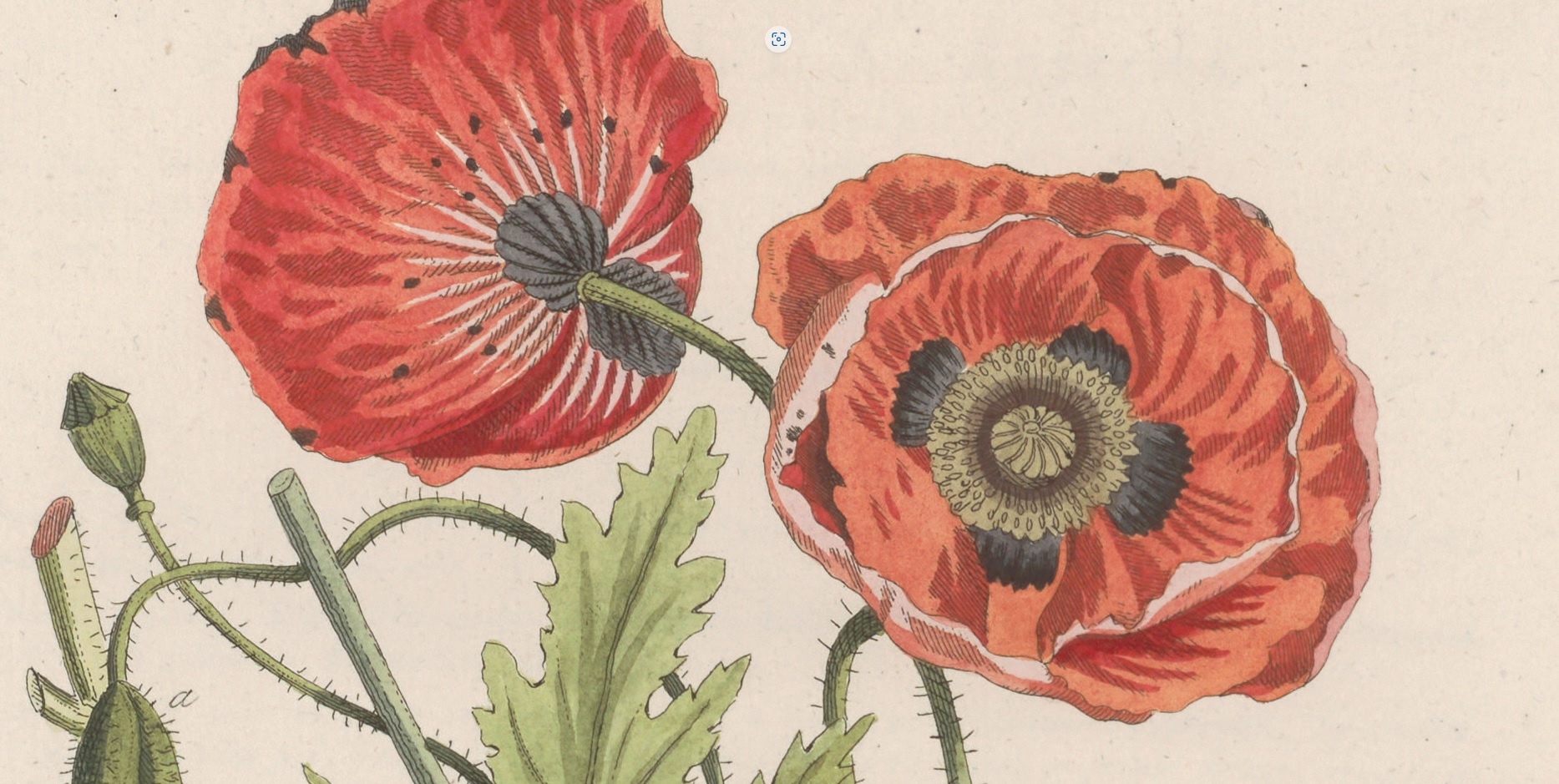© Shutterstock
Eelke Westra, researcher at Wageningen Food & Biobased Research, carries out a lot of research into storage and transport of cut flowers, including roses. His wife ‘might’ expect a few roses today. ‘She already gets red roses from me quite often.’ He shares a few ways to keep flowers alive a bit longer.
1. Cold and humid
Roses best stay alive at temperatures just above freezing point, and they open beautifully at an air humidity above 90 percent. Westra: ‘This is obviously not the most pleasant of climates for people. Near freezing is not really comfortable, and a humidity of 60 percent is much more pleasant. This means that you will have to accept the fact that the flowers will finish blooming much faster if you keep them in the living room.’ In that case, make sure the flowers are not in the sun or too close to the heating.
2. Cut the stems neatly
Westra: ‘Roses have been cut and therefore have a wound at the bottom of their stem. This acts as a great hotbed for bacteria. By cutting off the bottom four centimetres of the stem, you can remove a great deal of problems.’ To do so, use a sharp knife or garden shears. ‘You want to avoid flattening the stem when cutting. A diagonal cut is therefore preferred, but that in turn increases the wound surface. The sharper the knife, the more horizontal the cut you can make.’
3. Keep the water in the vase clean
Put the flowers in a clean vase, change the water after a few days and don’t leave any leaves hanging in the water. This way, you can suppress the bacteria. The less bacteria, the longer the rose will stay alive, Westra explains.
4. Provide cut flower food
Flowers need nutrients as well, not just water. Cut flower food for roses contains water softeners, acidity regulators, additives to improve water absorption, and nutrients. Remember to mind the dosage!
5. The last resort
Nieves Garcia Victoria, an associated researcher at Plant Research who works in the greenhouses in Bleiswijk, agrees with Westra’s tips. She has a fifth tip to add: ‘Roses should be put in water as soon as possible. If that cannot be done – if you are going out to a romantic dinner first, for example – your flowers might wilt.’
Garcia: ‘Somewhat wilted roses can still recover. Roll them in paper tightly, put them in cold water and set them in a cold corner of the house for a full night. With a bit of luck, they will have recovered by the next morning.’
With the tips above, you should be able to keep your roses in a beautiful state for at least a week, says Westra. ‘If that is not the case, you might have to reassess your admirer.’




